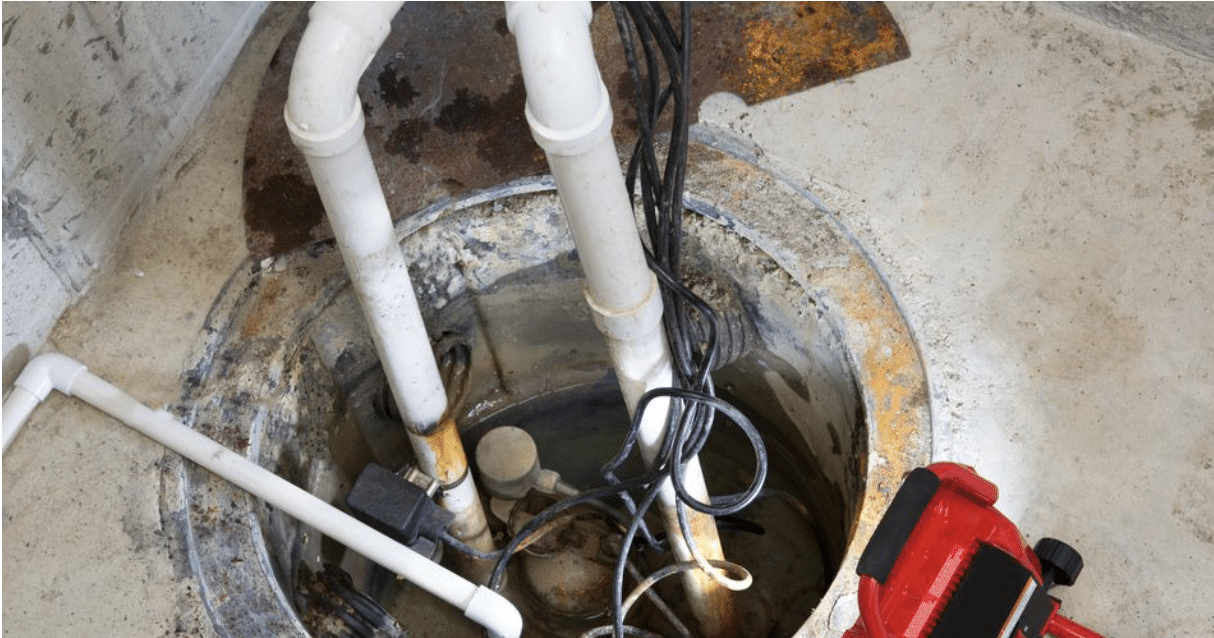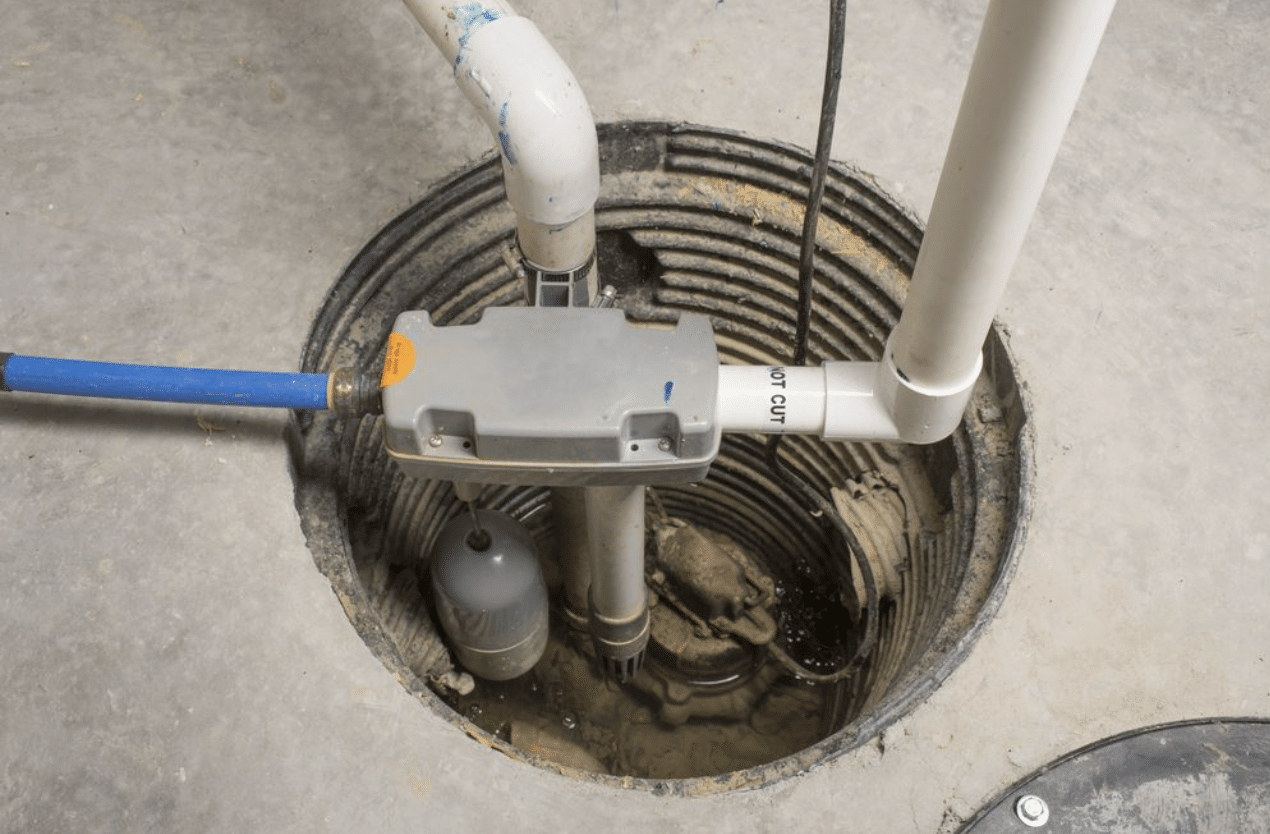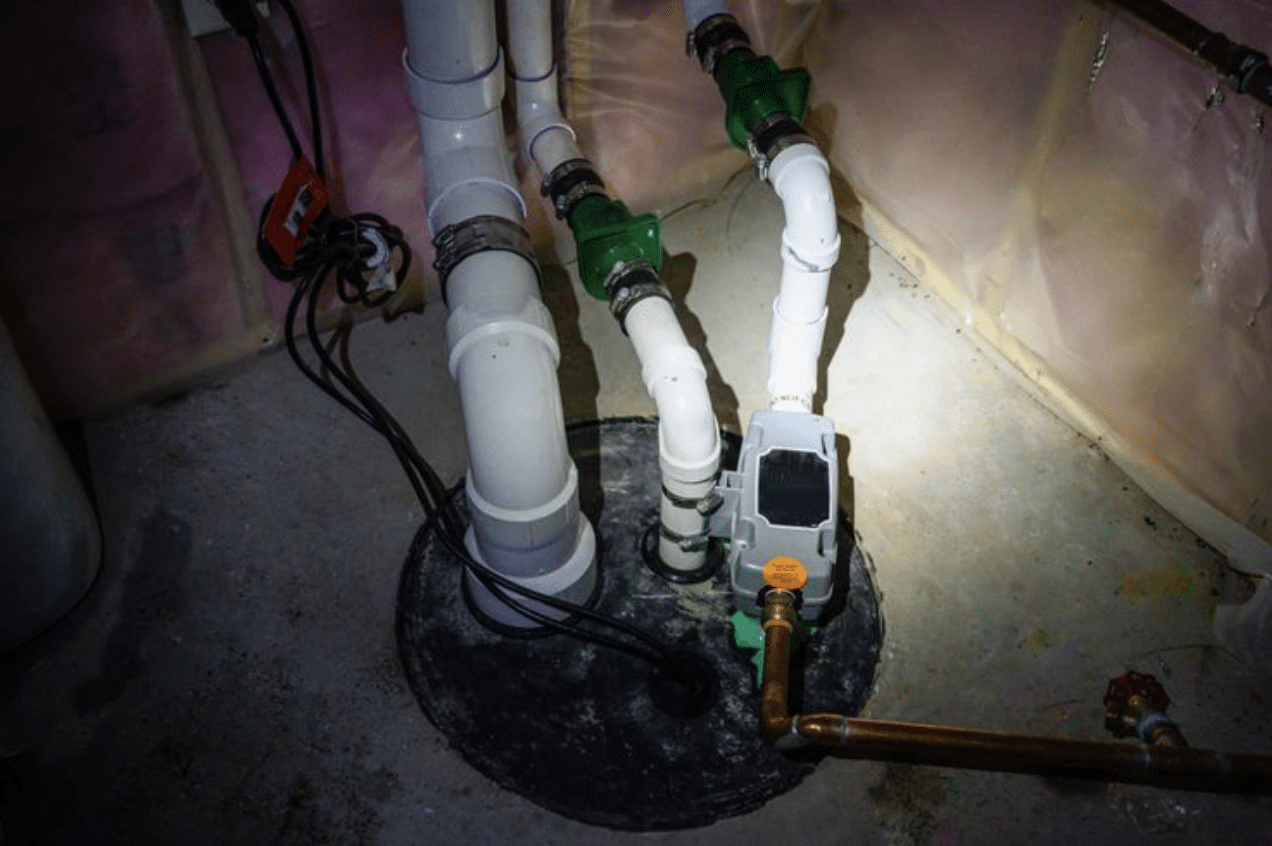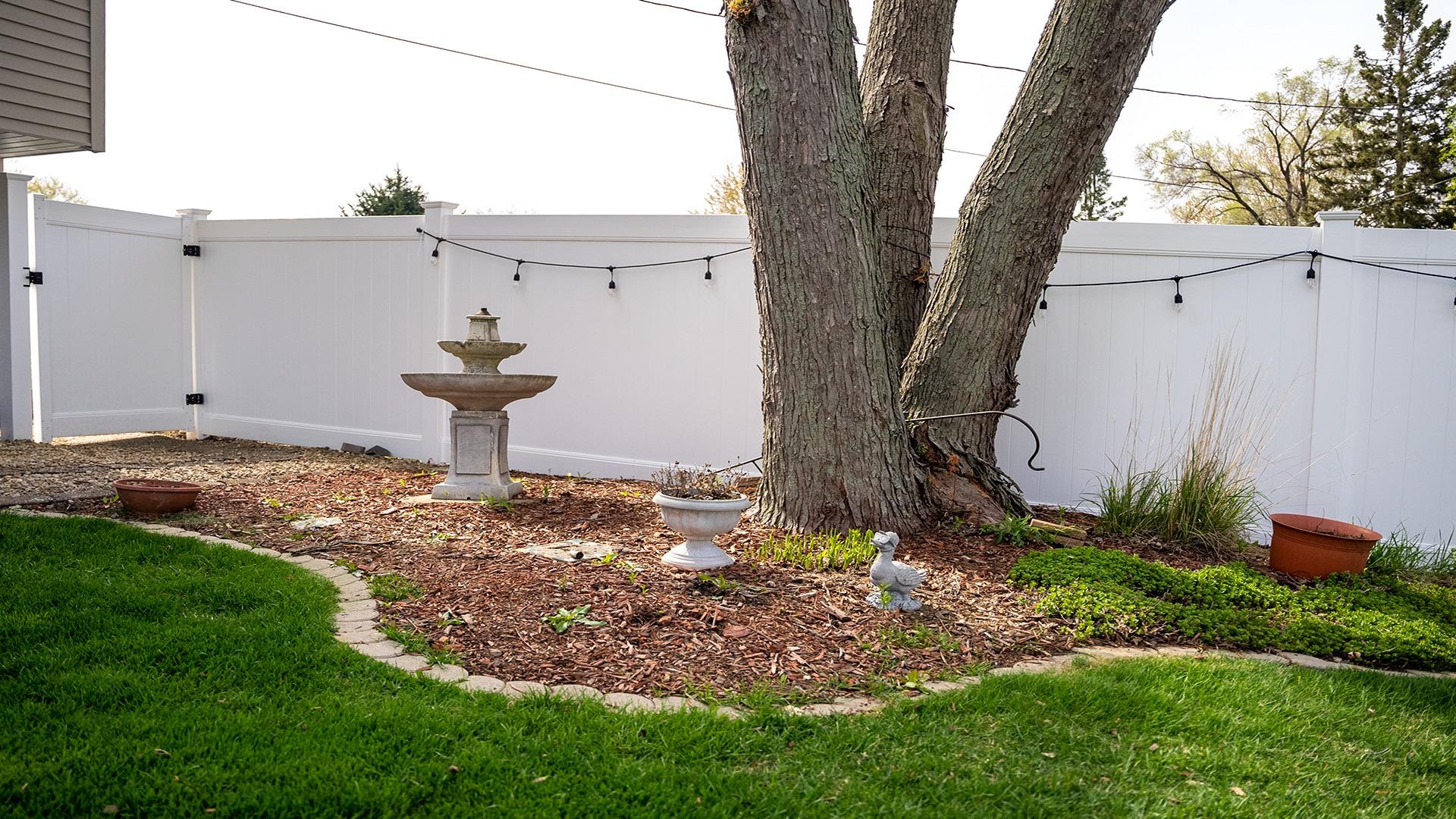How Much Water is Normal in a Sump Pump Pit?
Many homeowners feel uneasy when they spot water in their sump pump pit.
It’s a common worry, but having some water there is actually normal and even helpful for your pump’s operation.
This guide will clear up the confusion about water levels in sump pump pits.
We’ll explain why a little water is good, how much is too much, and what to do if you notice problems.
You’ll learn why some water in the pit is beneficial, what water levels are considered normal, signs that your sump pump might need attention, and tips to keep it working efficiently.
By the end, you’ll feel confident about managing your sump pump and protecting your home from water damage.
Should There Be Water in My Sump Pump Pit?
Yes, it’s normal to find some water in your sump pump pit.
The pit is designed to collect water from various sources, including rain, groundwater, and melting snow.
Water gathers in the pit until it reaches a specific level. This triggers the float switch, which activates the pump to remove excess water.
It’s typical to see a few inches of water between pump cycles. The water level should stay below the float switch until it’s time to pump.
Interestingly, a completely dry pit isn’t ideal. Without moisture, the pump’s parts can become brittle, leading to potential issues.
On the flip side, a constantly full pit might indicate problems like a clogged pipe, incorrect installation, or external issues such as a broken sewer line.
Factors Affecting Sump Pump Pit Water Levels

Several factors influence the water levels in your sump pump pit. Understanding these factors helps you better manage your sump pump system.
1. Weather Impact
Heavy rainfall or rapid snowmelt, especially during spring and fall, can cause a surge of water into the pit. These are times when sump pumps work hardest.
Dry weather may leave the pit relatively dry, which could affect the performance and longevity of the pump components.
2. Proximity to The Water Table
Your home’s location relative to the water table significantly impacts pit water levels.
You will likely see more frequent water accumulation if your home is built near or below the natural water table.
In such areas, water may seep into the pit even during dry periods due to the ground’s natural moisture content, causing the pump to cycle more often.
3. Pump Design and Float Switch Mechanism
The design of your sump pump system, particularly the float switch, is crucial in managing pit water levels.
The size of the pit and placement of the float switch influence how often the pump cycles and how efficiently it removes water.
A well-designed sump pump activates automatically when needed, keeping water levels safe and manageable and preventing water damage.
How to Prevent Water Overflow

Preventing overflow and maintaining proper water levels in your sump pump pit is essential for protecting your home from flooding and water damage.
- Regular Maintenance: Clean your sump pump and pit, check valve positioning, and monitor the float switch. These steps improve efficiency and prevent overflow issues.
- Installing Alarms: Add a sump pump alarm to alert you when water levels rise too high. Choose between basic audible alarms or smartphone-connected options.
- Impeller Maintenance: Clean the impeller regularly to prevent clogs. This small component is crucial for pushing water out of the pit effectively.
- Backup Power Solutions: Install a backup generator or battery system for power outages. This ensures your pump works during blackouts, especially during critical storm periods.
What are the Signs of a Malfunctioning Sump Pump
Recognizing the signs of a malfunctioning sump pump early can save you from costly repairs and water damage.
1. Water Not Pumping Out
A common reason for water not being pumped out is a malfunctioning float switch, which may become stuck and fail to activate the pump when water rises.
Another issue could be a clogged discharge line, blocked with debris or sediment, preventing proper water removal.
Solution: Check the float switch to ensure it’s not obstructed, and inspect the discharge line for any blockages that may be preventing proper water flow.
2. Constant Pump Activation
Suppose the pump is running continuously, even in dry weather. In that case, it may indicate excess water entering the pit from broken pipes, a damaged sewer line, or improper drainage around the home.
Solution: Investigate potential water sources continuously feeding the pit. If necessary, consult a plumber to inspect your drainage system or assess the sump pit’s location.
3. Dry Pit Concerns
A dry pit can lead to several issues. Sump pumps are designed to handle water; if the pit remains dry for extended periods, running the pump without water could cause the motor to overheat or burn out.
A dry pit can dry out rubber seals, gaskets, and other pump components and become brittle, reducing the pump’s lifespan.
Solution: Ensure that some moisture remains in the pit and avoid frequent activation of the pump in dry conditions. Consider adding a small amount of water to the pit during extended dry periods to keep components lubricated.
Conclusion
To wrap up, understanding your sump pump’s water levels is key to maintaining a dry, safe home.
Remember, some water in the pit is normal and even beneficial for your pump’s health.
Keep an eye on seasonal changes and your home’s location, as these factors can influence water levels.
Regular maintenance is your best defense against sump pump issues. Consider installing an alarm for added peace of mind.
If you notice signs of trouble – like constant running or a bone-dry pit – don’t hesitate to investigate or call a professional.
Your sump pump is your home’s unsung hero against water damage.
By giving it the attention it deserves, you’re safeguarding your property and avoiding costly repairs down the line.
Frequently Asked Questions
How Much Water Should Be in A Sump Pump?
Usually, about 7 gallons of water in the basin will trigger the float switch. This can vary based on the switch type and basin size.
How Do I Know if My Sump Pump is Clogged?
Check if the pump removes excess water during rain. If it doesn’t and your basement floods, the pump is likely clogged.
How to Check Water Level in Sump Pump?
Pour water into the pit and watch the level. The float should rise, and the pump should start before the water reaches the top. As the pit empties, the pump should turn off.
How Often Should you Clean your Sump Pump Pit?
Clean your sump pump pit yearly. This includes washing the pump, clearing the check valve, and removing debris from the pit.








